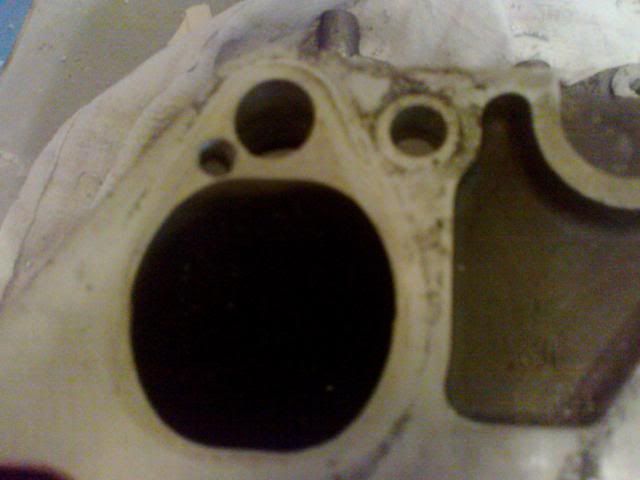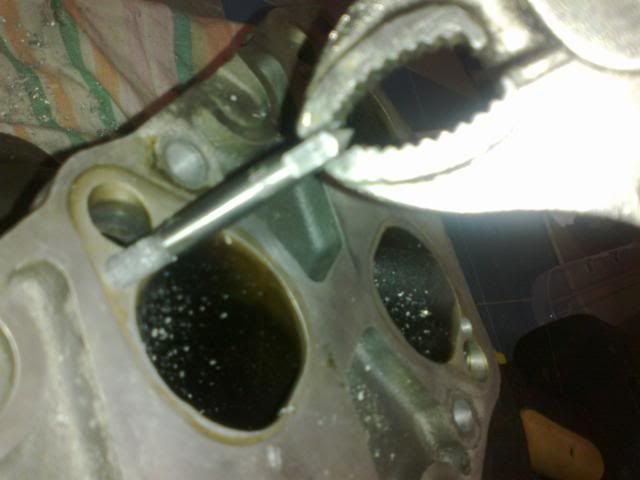Just thought I'd post up some information and a few pictures from my DIY LPG conversion, which I did in July this year.
Apart from some help welding/mounting the tank frame, which was kindly given by Mr Sassanach, I did this conversion on my driveway, and it is the first time I've converted a V6 from start to finish on my own. I'm sure there are areas for improvement, but it's a safe, functional, and reasonably tidy conversion, and easily matches a lot of 'LPGA professional' installations I've seen.
In terms of cost, the tank and filler were new, as was all the pipework throughout. I also bought a new Vaporisor - KME Gold dual output, which is recommended on here - and used 8mm Poly for the liquid feed. The injectors (Valtek 3ohms), ECU, and loom were second hand Stag 300 items (although the injectors were almost new).
So essentially, a new conversion, just the loom and ECU were used, and these don't really "wear".
All in all - cost was in the region of £470, all in. This was six months ago, and whilst I've not really kept records, I daresay the conversion has easily paid for itself by now.
The only pics I have yet to upload (and I will update this thread once they arrive in my emails from my camera phone!) are the reducer.
I mounted this, by ditching the aux coolant pump, and using the bracket for the vaporisor. Simples! The Vaporisor is fed in the correct way - from the coolant bridge, around the circuit, and back to HBV, so it has a consistent flow of hot coolant.
On to the conversion -
Here is the tank, located in the boot. This is a 90 litre tank, which fills to around 72 litres in reality, given the expansion buffer. (Note, this picture doesn't show the extra vent hose - which comes out of the left of the gas tight box on the tank.

This is the filler, located in the drivers side rear quarter panel. If you don't have a towbar, and don't want to have a "number plate filler" - this is the best option, In my view. Especially when you are priviliged enough to have use of "the cutter" from Mr sassanach, which makes the hole like a hole knife in butter

- note, this was properly rust proofed before fitment. This is essential, if you don't want bubbles of rust around it in a few years.

With regards to mounting the nozzles in the inlet manifold - these need to be as close to the petrol injectors as possible, for best results on LPG. I very nearly chickened out and asked Mr Kev Wood to drill and tap my manifold, but, no balls no glory, I decided to have a go myself.
Here is one of the holes, drilled out to 5mm, (with a cordless handheld drill

) ready to be threaded. As you can see, it comes out very close to the petrol injector hole - and - there is no room to get this wrong!!

As has been mentioned before, lots of swarf is generated from this process, and is why you should NEVER let an 'installer' drill a manifold, without removing it!!

Here is the hole, being threaded to a M6 thread, ready for the nozzle. Don't laugh, I couldn't find the correct tool to drive the tap - but a pair of mole grips seemed happy enough! Plenty of grease on the tap, and frequent backward turns, carefully making the new thread:


 Author
Topic: 3.2 MV6 - My DIY LPG Conversion (Read 6334 times)
Author
Topic: 3.2 MV6 - My DIY LPG Conversion (Read 6334 times)

